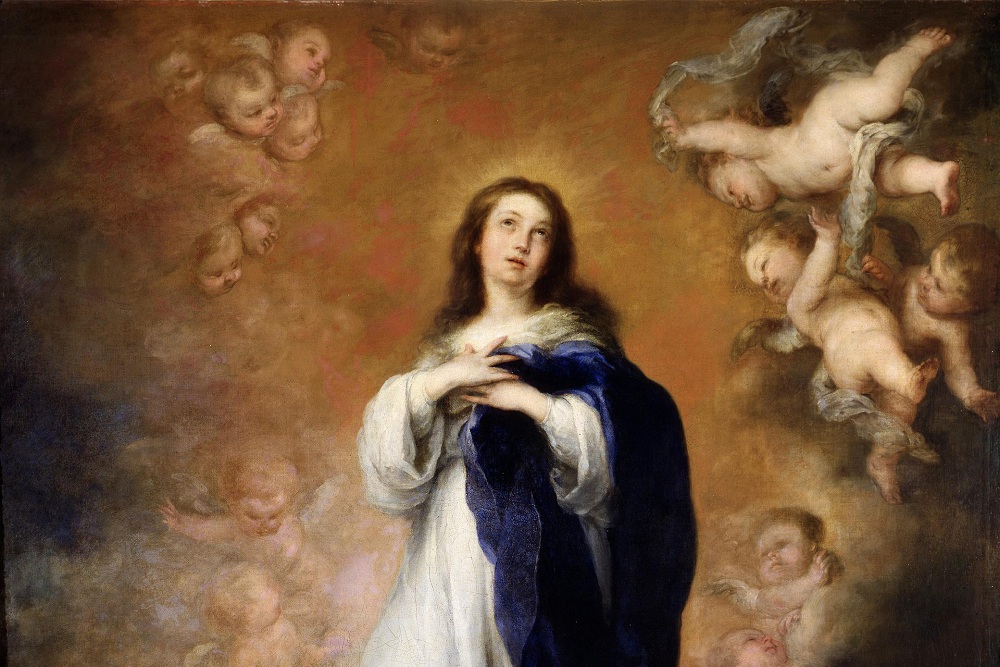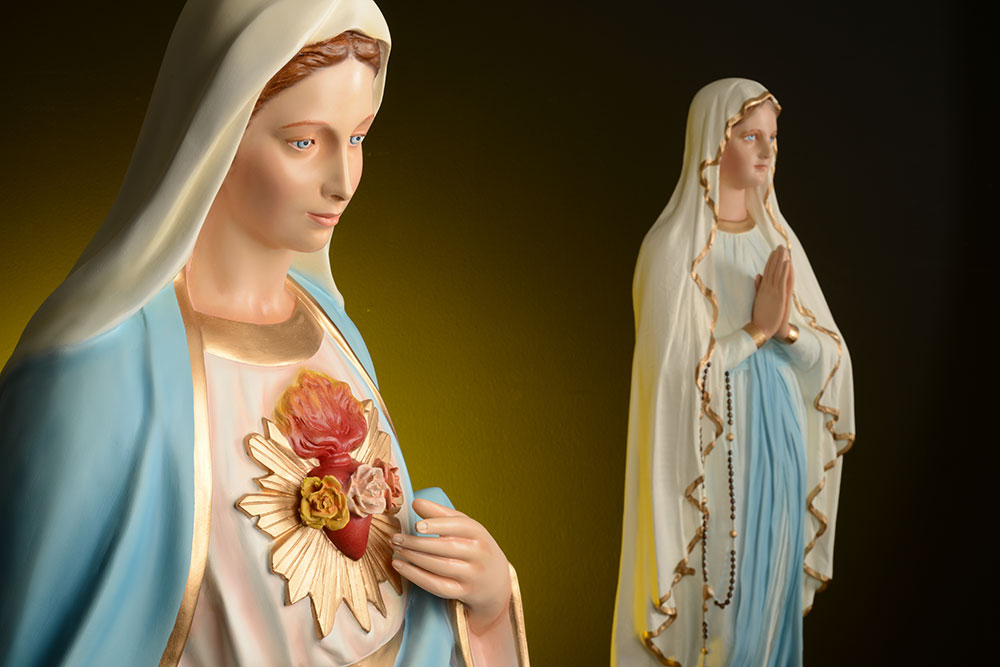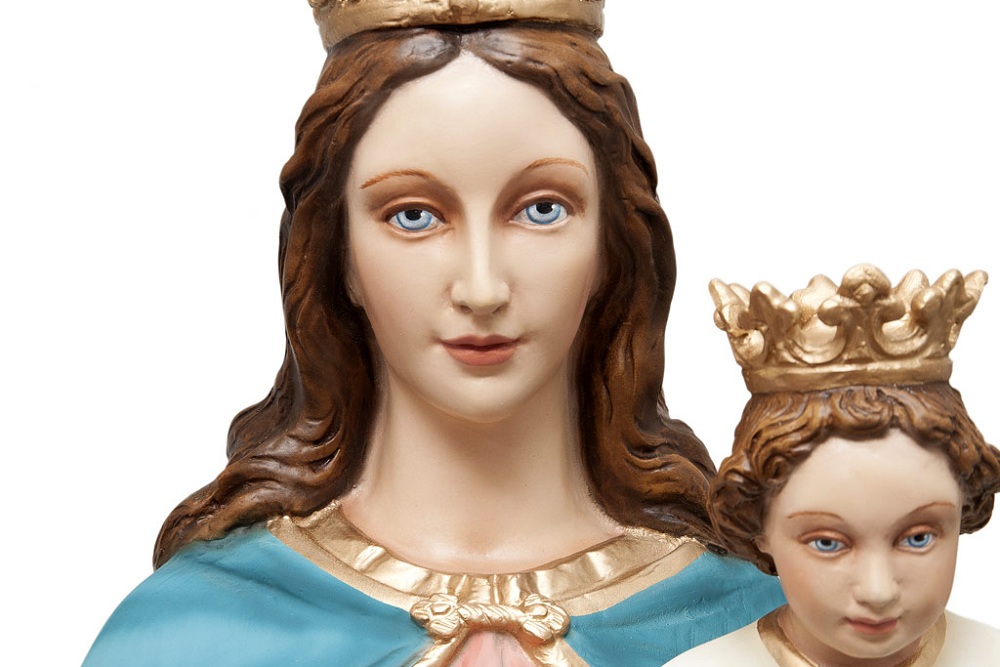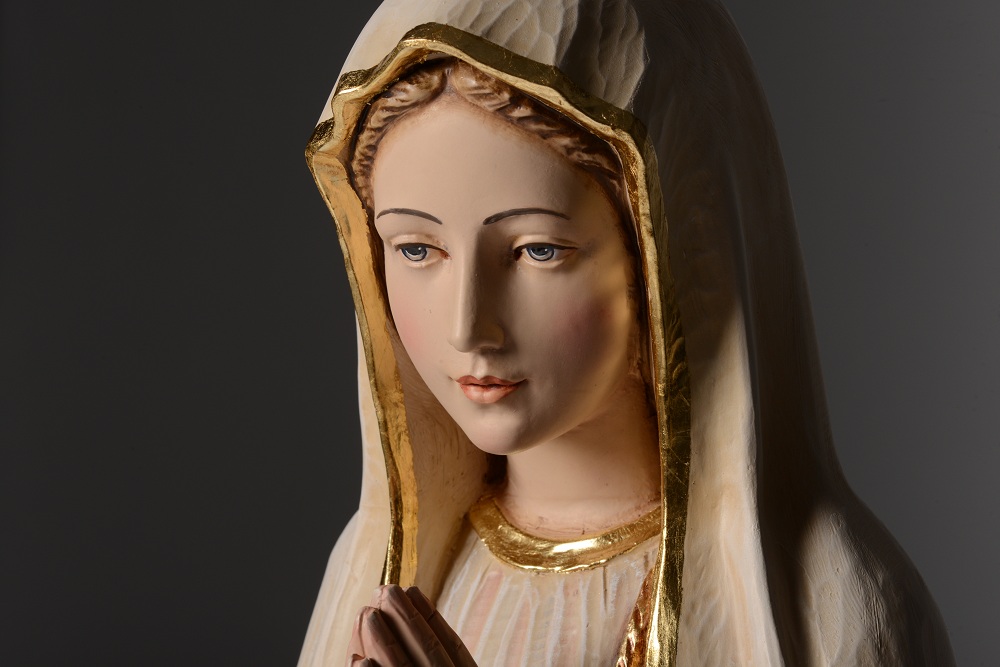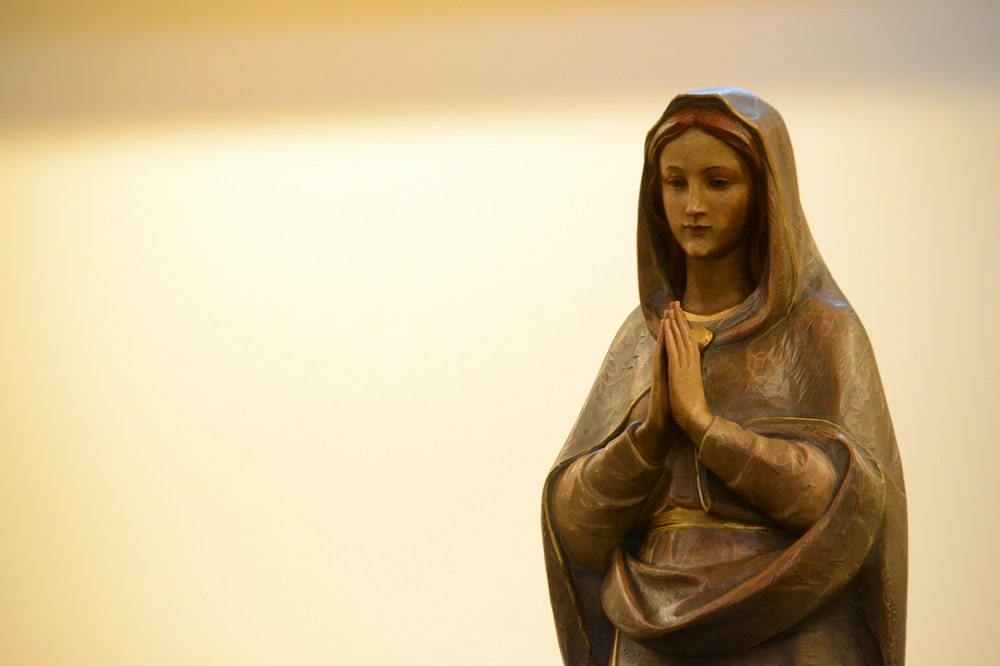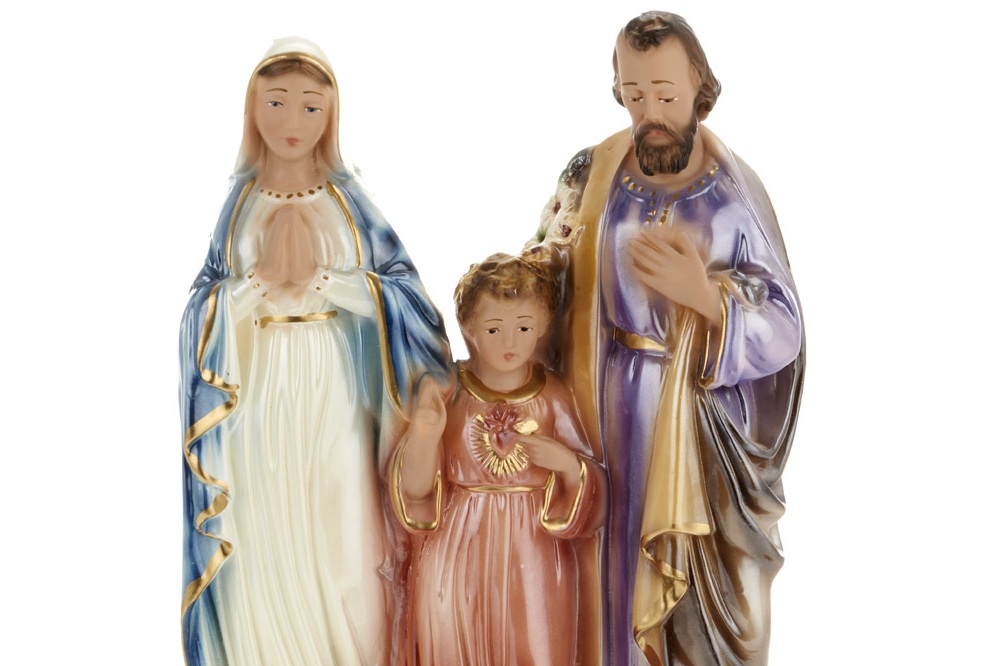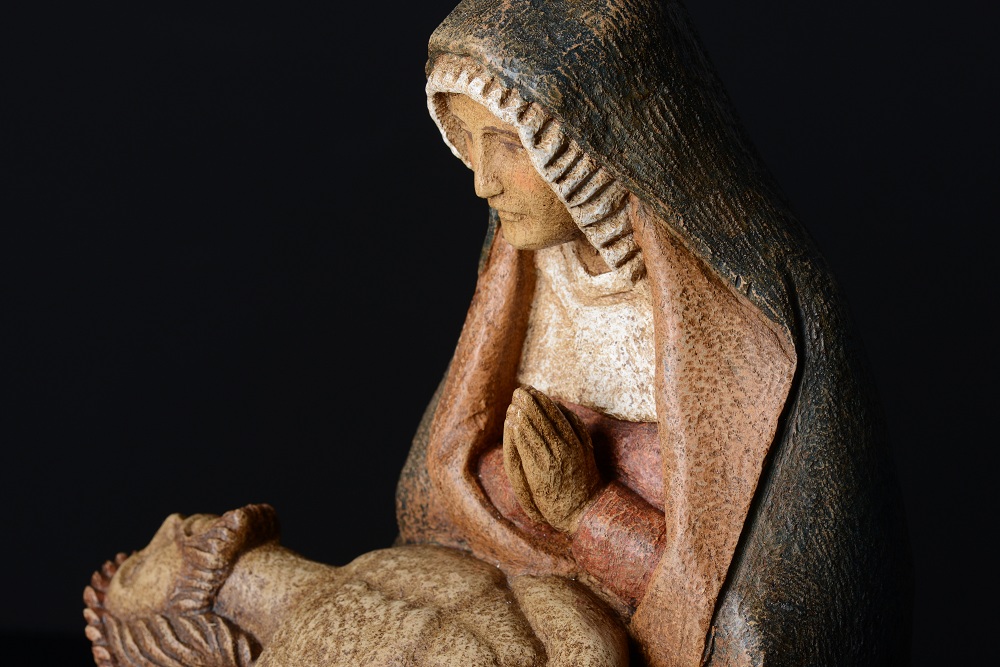The immaculate Mary is a definition of the Virgin Mary that highlights her lack of original sin from birth. Namely, the immaculate Virgin Mary was born without original sin, contrary to what the Church states for all other human beings.
Her conception was normal, like any child, but in the womb of her mother, original sin was not transmitted. Mary was born completely holy, blessed, and immune to evil.
God would have wanted to create a perfect and sinless mother in whose belly he could put his Son. The Holy Spirit descended upon her making a new woman, only, for the salvation of the world.
The Immaculate Virgin is the symbol of the Redemption and the first redeemed by God’s will. She is the new Eve, the new beginning of communion and love with God, troubled by the act of disobedience consumed in Eden, the mending a relationship broken by sin, but never denied.
The immaculate Mary represents in her very being the symbol of the Father’s will to save all humankind through his human Son. The Immaculate Conception of Mary is the dawn of a new world.
Immaculate Mary represents absolute perfection incarnate in a human being: infinite gentleness, goodness, and beauty. This makes her the privileged intermediary between men and God.
To her, the bearer of love and grace, the faithful are turning to seek comfort and safety, consolation and truth, in every era marred by doubts, corruption, and despair. As a symbol of sacrifice and total dedication to the will of God, Immaculate Mary is a symbol of immense and unselfish Love and points the way to salvation to everyone who directs their prayers to her.
Pius IX declared the dogma of the Immaculate Conception in 1854 and since then has been celebrated on December 8th. The devotion to the immaculate Mary is linked to various apparitions, including those of Lourdes.

